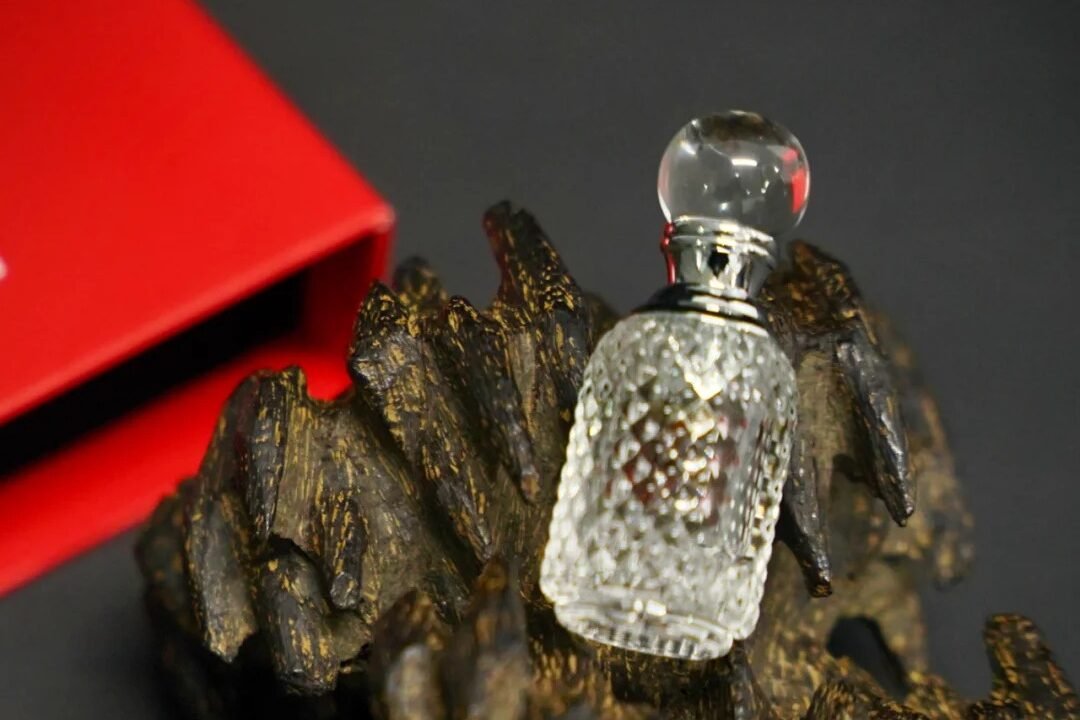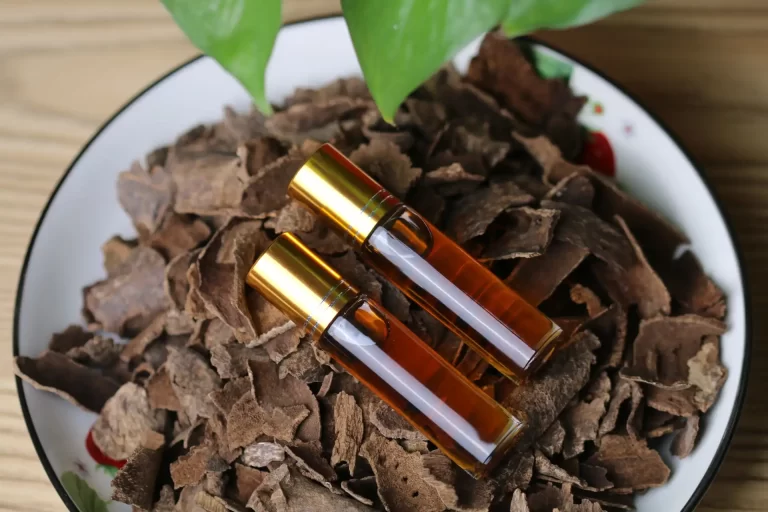Agarwood oil, a luxurious essence extracted from the resinous heartwood of Aquilaria trees, has captivated cultures for centuries. But with so many products labeled “agarwood oil” on the market, how do you know what you’re getting? Let’s break down the types, uses, and tips for identifying authentic agarwood oil.
I. Types of Agarwood Oil
1. Pure Agarwood Oil
- Production: Made exclusively from 100% agarwood resin using traditional steam distillation.
- Yield: Requires ~1 kg of agarwood to produce just 10 grams of oil.
- Rarity: No additives or dilution; prized for purity and potency. Due to dwindling agarwood resources, high-quality pure oil is now rare and costly.
2. Agarwood Essential Oil
- Production: Blended with other botanical oils (e.g., flowers, herbs) and synthetic fragrances.
- Cost: Cheaper than pure oil due to lower agarwood content and mass production.
- Use: Common in perfumes, skincare, and aromatherapy.
3. Mixed Pure Agarwood Oil
- Blend: Combines 95%+ pure agarwood oil with 1–5%
- Kyara oil (premium agarwood variant).
- Purpose: Enhances fragrance longevity and therapeutic effects.
Note: Today, most agarwood oils are made from low-grade chips or scraps due to scarcity of premium wood.
II. Uses of Agarwood Oil
Agarwood Essential Oil
- Aromatherapy: Diffuse for relaxation.
- Topical Application: Dilute for massage or skincare.
Pure Agarwood Oil
Perfume Alternative: Dab on wrists or behind ears for long-lasting, natural fragrance.
Internal Use: Some enthusiasts add a drop to warm water for:
- Digestive relief (bloating, stomach pain).
- Improved circulation and stress reduction.
- Caution: Consult a healthcare professional before ingesting.
Safety Tips
1.Patch Test: Apply a drop to your wrist; wait 1 hour for allergic reactions.
2.Dilution: Mix with carrier oils (e.g., jojoba) at 0.5% concentration for topical use.
3.Storage: Keep in cool (<30°C), dark places. Avoid refrigeration to prevent cloudiness.
4.Moderation: Avoid continuous use beyond 30 days to prevent tolerance.
III. How to Identify Authentic Agarwood Oil
1. Scent Test
- Pure Oil: Fresh, calming aroma without chemical harshness. Initial distilled notes fade into a soothing scent.
- Fake Oil: Artificial or overly sharp fragrance; may cause headaches.
2. Paper Test
Drop oil on paper:
- Pure Oil: Slow diffusion; no residue after evaporation.
- Adulterated Oil: Rapid spread; leaves oily traces.
3. Clarity Check
- High Quality: Clear, no sediment.
- Low Quality: Cloudy or with particles.
4. Shake Test
Shake the bottle:
- Pure Oil: Bubbles disperse quickly.
- Impure Oil: Bubbles linger due to additives.
Conclusion: Embrace the Essence Wisely
Whether you seek spiritual grounding, wellness, or a touch of luxury, agarwood oil offers timeless benefits. Always prioritize quality and consult experts for internal use. By understanding its types and learning to spot authenticity, you can fully harness this "liquid gold" of nature.





